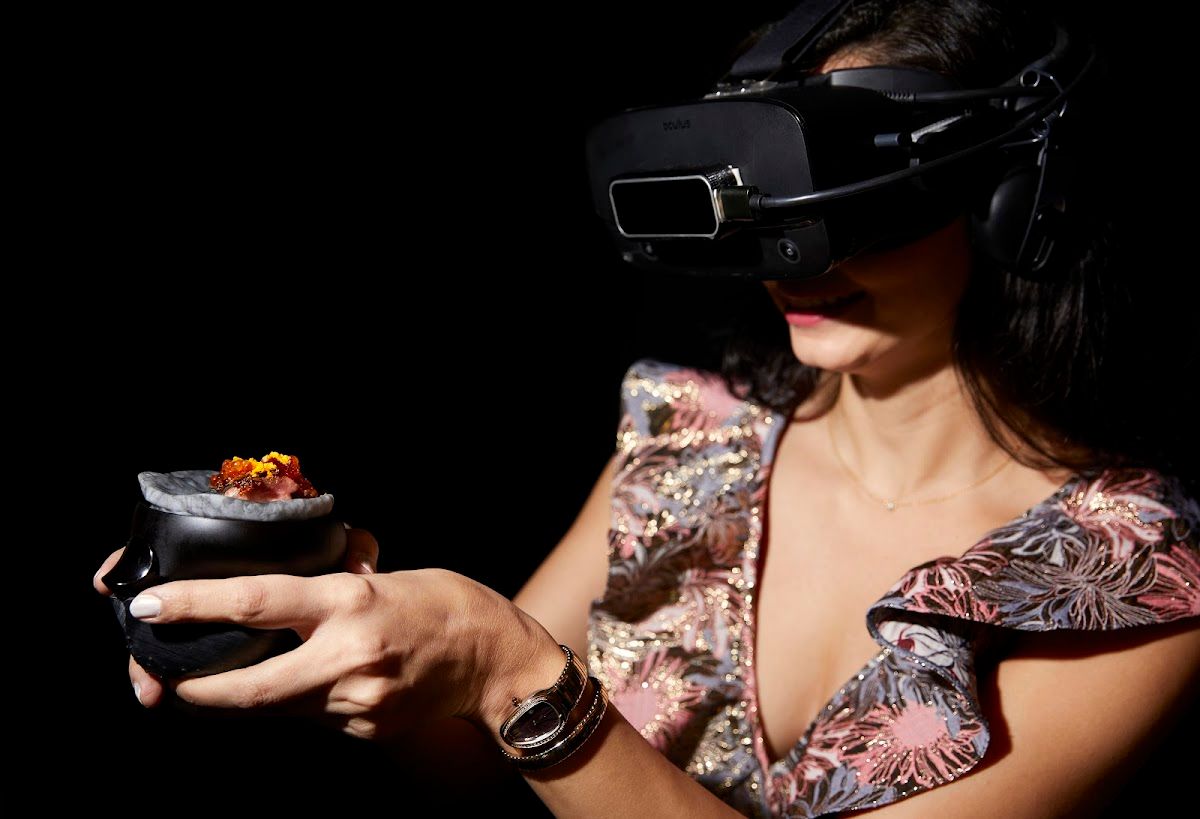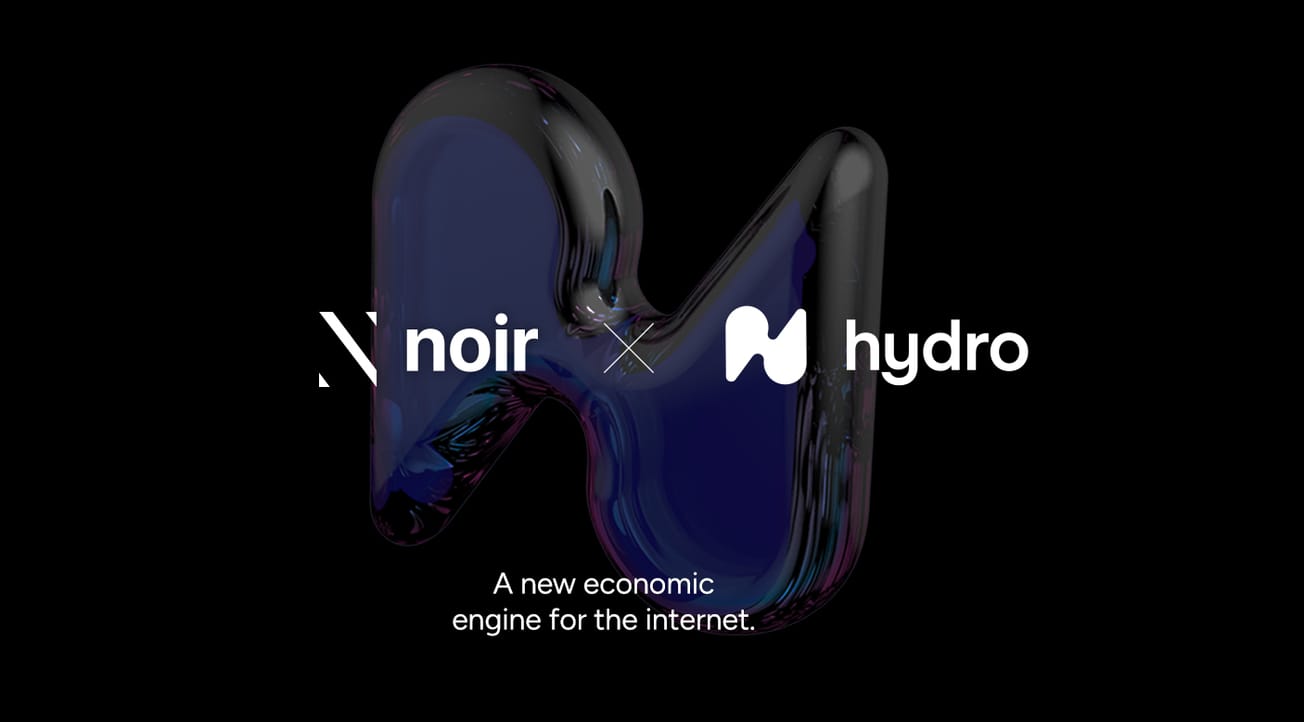VR-enabled virtual worlds have already been put to use in education, and have transformed the way theater students learn and experience their performances. Michael Bergmann, an assistant professor at TMU’s School of Performance and the director of research at the Technological Research in Performance Lab, has been integrating VR technologies into his classes to facilitate a better teaching-learning experience.
The Pandemic Pushes Performances into the Future
Like with other industries, Bergmann cites the pandemic as a catalyst for researching the potential of VR and AR tech, getting him thinking about how he could use it in his classrooms to overcome issues caused by social distancing and virtual learning. He used this time to explore other mediums for performance, besides the school program’s regular in-person theatrical shows, which led him to decide on using VR to immerse his students into a simulated environment. This environment is now used by his students—and the audience—as a theater in his students can perform, with the added magic of technology.
For some of his students’ projects, the actors would be on the stage live, and the audience would join in through VR, meaning people could attend theatrical events even throughout quarantine in the pandemic. The most exciting thing for Bergmann; his students, and the audience, he says, is that VR opened up experiences and actions not possible in real life.
In theater, this included things like jumping between floors, instantaneously changing the scene or an actor’s outfit, or throwing confetti into the audience. Essentially, VR technology allowed the “magic” of theater to be redoubled for his students and their audience, offering another tool to make theater more immersive and more impressive. With VR, there’s no need for practical effects because the virtual offers digital, special effects that can wow an audience even more, seemingly breaking the laws of the physical world.
Enriching Theater Education with VR
From an educational standpoint, Bergmann appreciated how VR allowed him to enrich his students’ learning experiences. As he puts it:
“It’s not only a new way to perform and create theater, but a new way to learn theater.”
VR and digital twins will no doubt enrich theater experiences as well as education. Just as using VR and AR apps has increased the knowledge retention and test performance of medical students, we can expect to see theater students don wearable headsets to explore virtual worlds so they can better immersve themselves in time periods and learn about characters they'll portray.
Even still, using VR was not without its challenges. Bergmann noticed a serious logistical challenge of using advanced technology for performance—the challenge of making VR headsets accessible to the audience. Hopefully, as metaverse wearables become more lightweight and easy to manufacture, this problem will fade away–but it might be at least a decade or so of iteration on the tech before we reach that stage.
Nevertheless, as this technology becomes cheaper to produce, more lightweight and more ubiquitous, users might be able to don lightweight VR glasses and hop between theater experiences at will from the comfort of their own homes.










